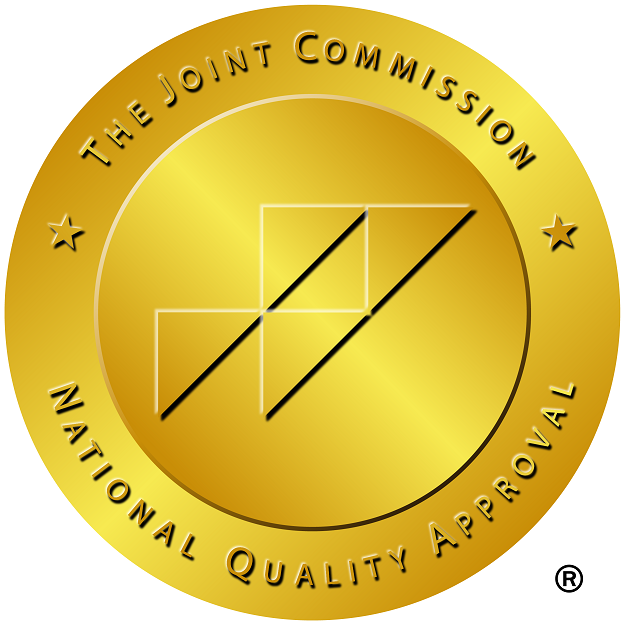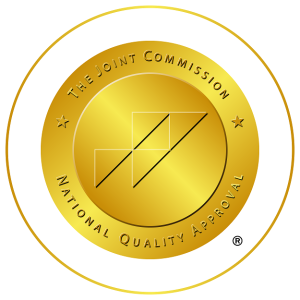MRI’s Role in Diagnosing Tourette’s Syndrome
Tourette’s Syndrome is a neurological condition that affects an estimated 1% of the population, marked by repetitive, involuntary movements & vocalizations known as tics. While there is no remedy for Tourette’s Syndrome, early diagnosis and intervention can significantly improve patient outcomes. In current years, magnetic resonance imaging (MRI) has become an increasingly helpful tool in diagnosing Tourette’s Syndrome, offering several advantages over traditional diagnostic methods. In this article, we will discover the role of MRI in diagnosing Tourette’s Syndrome, including its benefits and limitations.
What is Tourette’s Syndrome?
Tourette’s Syndrome is a disorder that typically begins in childhood and is characterized by repetitive, involuntary movements or vocalizations known as tics. These tics range from simple, brief movements or sounds to more complex and prolonged behaviours. The severity & frequency of tics can vary widely between individuals. While some people with Tourette’s may experience only mild symptoms, others may find their condition significantly impacts their quality of life. The causes of Tourette’s Syndrome are not fully understood, but research has shown that genetic and environmental factors may play a role.
Causes
The exact cause of Tourette’s Syndrome is still unknown, but it is a mix of genetic and environmental factors. Studies have shown that alterations in specific genes may predispose individuals to the disorder. Additionally, there may be disruptions in the balance of chemicals in the brain, particularly those that regulate movement, behavior, and emotions. Environmental factors, such as infections, stress, and prenatal complications, have also been suggested as potential contributors. However, the mechanisms underlying these factors and their interactions are still under investigation.
Symptoms
- Tourette’s Syndrome is characterized by involuntary motor and vocal tics that persist for over a year.
- Motor tics involve sudden, repetitive, and nonrhythmic movements of the body, such as eye blinking, facial grimacing, head jerking, shoulder shrugging, and limb movements.
- Vocal tics involve sudden, repetitive, and nonrhythmic sounds or words, such as throat clearing, sniffing, grunting, coughing, and coprolalia (involuntary utterance of obscene words).
- Complex tics may involve coordinated movements or vocalizations, such as jumping, touching, or repeating phrases.
- The severity & frequency of tics can vary over time and may be exacerbated by stress, excitement, or fatigue.
- Co-occurring conditions, such as obsessive-compulsive disorder (OCD), attention-deficit/hyperactivity disorder (ADHD), anxiety, depression, or learning difficulties, may also be present in some individuals with Tourette’s.
The two types of tics are:
- Motor tics: Involuntary movements of the body, such as –
- Eye blinking
- Facial grimacing
- Head jerking
- Shoulder shrugging
- Limb movements.
2. Vocal tics: Involuntary sounds or words, such as –
- Throat clearing
- Sniffing
- Grunting
- Coughing
- Coprolalia (involuntary utterance of obscene words).
Tics can be categorized as simple or complex. A simple tic affects one or a few body parts, such as eye blinking or facial expressions. In contrast, a complex tic involves multiple body parts or the use of words, phrases, or sentences. Examples of complex tics include jumping or swearing.
- Before a motor tic, an individual may experience a sensation such as tingling or tension. The movement relieves this sensation. Although it is possible to hold back tics temporarily, preventing them from occurring may be difficult.
- About half of the individuals with Tourette’s Syndrome also exhibit symptoms of attention-deficit/hyperactivity disorder (ADHD), including difficulty with focus, restlessness, and task completion.
- Tourette’s can also lead to other issues, including anxiety, learning disabilities such as dyslexia, and obsessive-compulsive disorder (OCD), characterized by uncontrollable thoughts and behaviors like repeated hand washing.
MRI and Tourette’s Syndrome
MRI is a non-invasive imaging method that uses a strong magnetic field & radio waves to produce detailed images of the brain and other internal organs. In recent years, MRI has become an increasingly helpful tool in diagnosing Tourette’s Syndrome, offering several advantages over traditional diagnostic methods. MRI is beneficial in identifying structural abnormalities in the brain that may be associated with Tourette’s Syndrome. It can also help to rule out other neurological conditions that may present with similar symptoms, such as epilepsy or movement disorders.
MRI Findings in Tourette’s Syndrome
MRI has revealed several neuroimaging findings in Tourette’s Syndrome that may be associated with the condition. One such result is decreased volume in some brain regions, particularly the basal ganglia and the prefrontal cortex. These brain regions are involved in motor control and decision-making, respectively, and their dysfunction may contribute to the development of tics in Tourette’s Syndrome. Other MRI findings in Tourette’s Syndrome include alterations in white matter connectivity and functional changes in specific brain networks.
Advantages of MRI in Tourette’s Syndrome
Here are some potential benefits of using MRI in diagnosing Tourette’s Syndrome:
- MRI can help rule out other conditions that may mimic Tourette’s, such as seizures, stroke, or tumors.
- MRI can provide a detailed brain image, including the basal ganglia, which is thought to be involved in Tourette’s. This can aid in identifying structural abnormalities or differences in brain structure that may contribute to the disorder.
- MRI can help distinguish between different types of tics and their corresponding brain regions involved in motor and sensory processing, which may guide treatment planning.
- MRI can track changes in the brain for Tourettes research and treatment effectiveness.
Limitations of MRI in Tourette’s Syndrome
While MRI has many advantages in diagnosing Tourette’s Syndrome, it is not without limitations. One significant limitation is the cost and availability of MRI. MRI machines are expensive to operate and maintain; not all healthcare facilities can access this technology. Additionally, factors such as patient movement or metal objects in the body can affect the accuracy of MRI results, and interpretation of the images can be challenging.
Conclusion
While Tourette’s Syndrome has no definitive diagnostic test, MRI has emerged as a valuable tool to support diagnosis and identify brain abnormalities associated with the disorder. However, MRI should be used in conjunction with clinical evaluation and individual patient needs, and ongoing research in this area holds promise for improving our understanding and treatment of Tourette’s.















